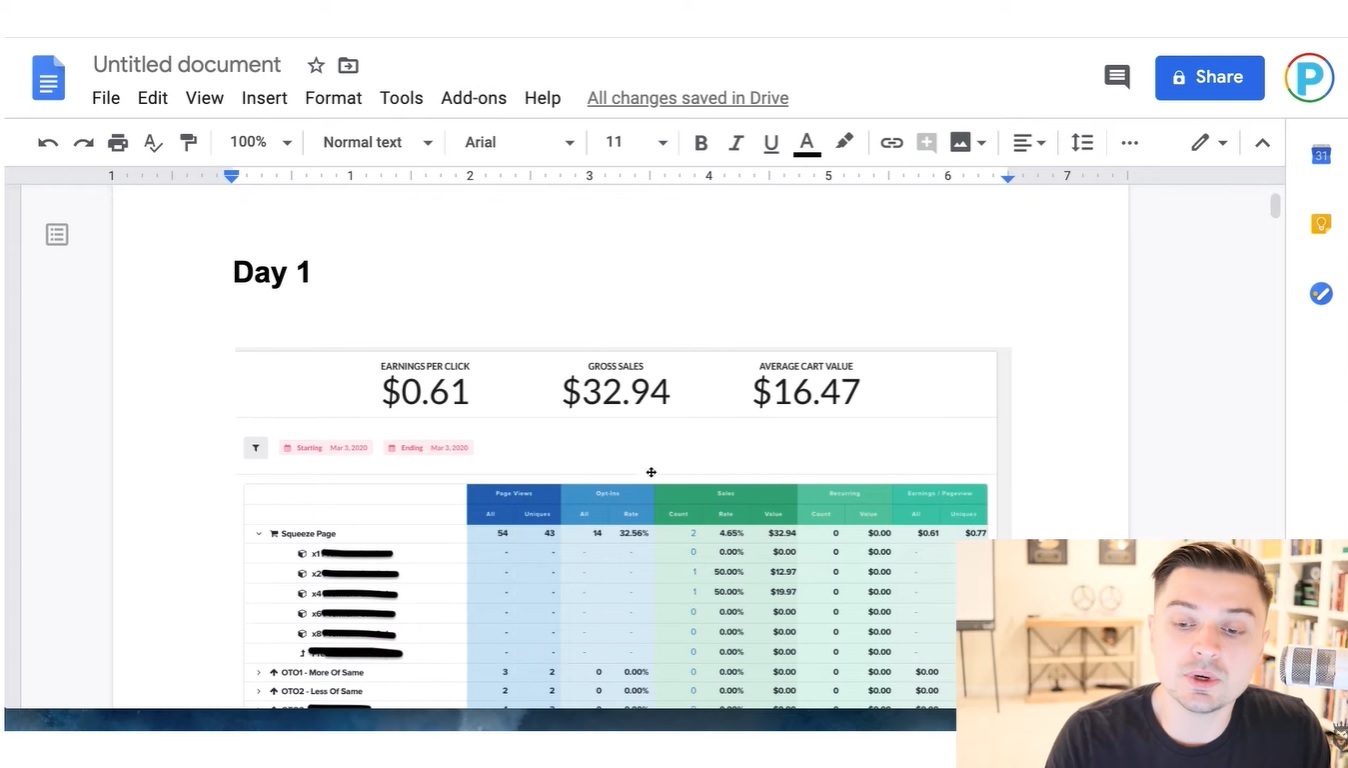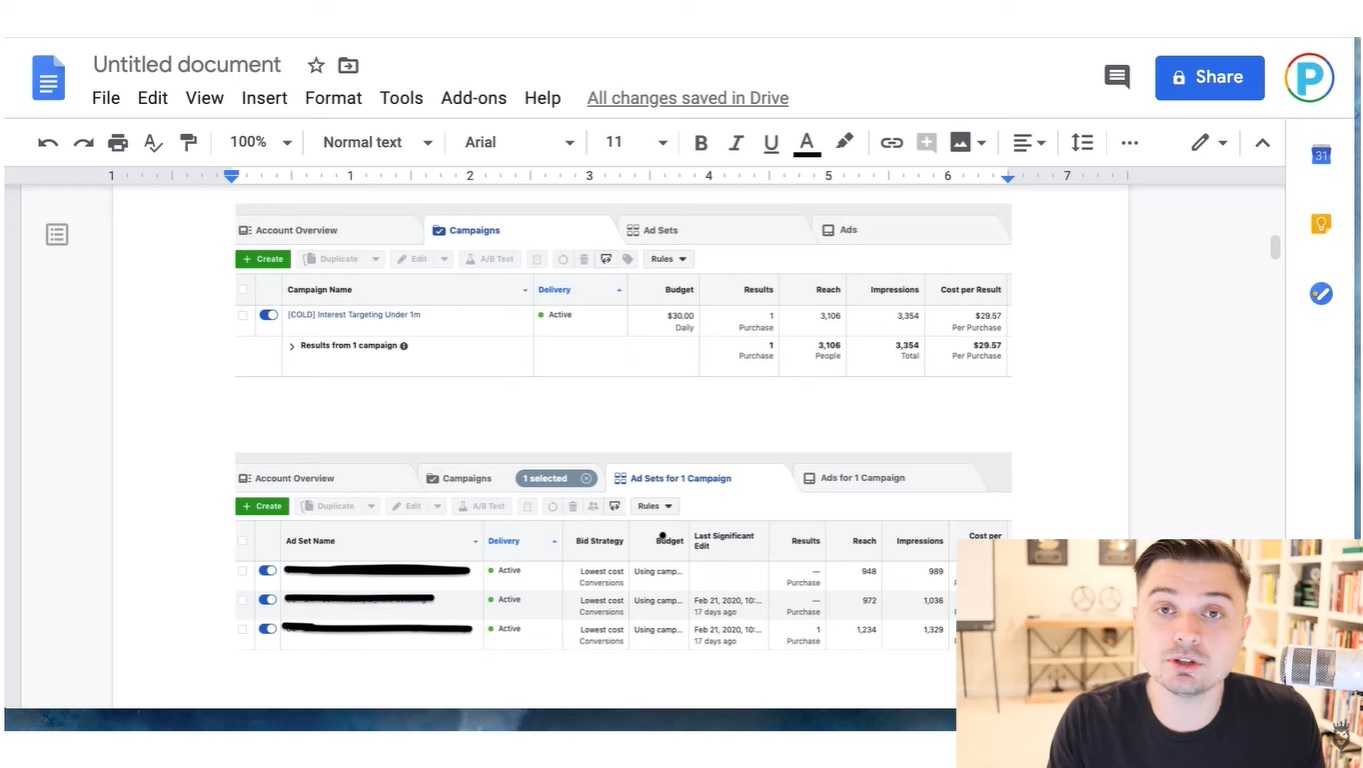One common issue among dropshippers is the tendency to overanalyze and overthink the startup process. Oftentimes, people want to get everything perfect before launching their dropshipping business. But it’s important to get something out there as soon as possible to help you grow. In this ultimate dropshipping case study, we’ll look at one business we helped go from nothing to earning around $135 per day within five days.
We’ll also discuss how that success came from launching early, measuring the data, and optimizing accordingly to improve performance. In this article, you’ll learn what takeaways from this ultimate dropshipping case study you can apply to your business to help you flourish.
Day 1

For one of our clients, we started off on day one of their business with $32.94 worth of sales, which we were able to analyze through the client’s Clickfunnels sales funnel. You can learn more about how to use a five-page sales funnel template, too.
This is the sales funnel process we began with:
1. Squeeze Pages
At the beginning of each sales funnel, the customer is taken to a squeeze page, which is primarily intended to grab the person’s email address. This email address can later be used as an asset to help follow up with promotional emails and remarketing campaigns. Long email lists can help you earn a lot more money in the long run, and your sales funnels will be the key to building them.
2. Order Bumps
It’s also important to give the customer an order bump. This is essentially a small add-on item to the customer’s shopping list that the customer will be willing to add to their order. Having an order bump can further boost the value of each customer order.
3. Upsell Pages
In addition to the squeeze page and the order bump, you can also use upsell pages, or one-time offers (OTOs), to further increase the value of each purchase. Encouraging customers to buy additional items for less is a good way to increase customer satisfaction. For the first OTO, we offered more of the same product. For the second OTO, we offered less of the same product, and the third was a monthly subscription.
A monthly subscription is one of the most powerful assets for your business. If you can get people to commit to a regular subscription, this means regular recurring revenue for you. Whether it’s for a service or a subscription box with different product variations, you can establish consistent income with a good subscription program.
4. Quantity Breaks
Through our client’s Facebook ads, we were able to draw in some cold traffic to our sales funnel. On day one, we attracted two visitors, and the average cart value for the day was $16.47. While one customer chose to buy two of the promoted product, the other customer chose to purchase four. This example alone shows how powerful quantity breaks can be when selling a product. If you clearly show how much customers can save by purchasing two, four, six, eight, or even bigger quantities of a product, they’ll be far more likely to make bigger purchases.
5. What to Keep in Mind About Facebook Ads

When it came to the ad campaigns, we spent around $29.57. So, given the total revenue, we basically broke even for the day. Keep in mind that breaking even on cold traffic is a good thing, as it means that you can essentially get customers for free and, if they’re satisfied, they’re likely to spend more and become repeat customers. Just starting out with Facebook ads, your campaigns won’t be profitable right away. But with enough time, ads can be well worth the investment.
If you can make your average cart value equal to or higher than your cost per purchase, you’re on your way to success.
Day 2
On day two, we made the same as day one at $32.94, with an average cart value of $16.47. In fact, the data in our sales funnel was the same: there were two customers, one buying two of the product and the other buying four.
The ad data revealed that our Facebook ads led to one of the customer acquisitions, and again, we broke even. For just two days, this didn’t look bad to us, so we saw no need to change anything yet. We recommend that you also avoid taking any action with your ads and experimenting until a few days have passed. By waiting, you can get a better idea of how well your efforts are performing and determine where to go from there.
Day 3
On day three, things didn’t go quite as well, with only one customer coming in who made a single purchase of two of the promoted item. The total revenue was $12.97.
At this point, we decided to shut off one ad that wasn’t performing well and launch another. After three days of running our campaigns, we felt this was an appropriate change to make.
Day 4

Day four saw some improvement with a total of $72.88 worth of sales, and an average cart value of $18.22. We drew in four customers. One bought a single unit, while two bought four items, and the fourth bought a quantity of six. None of our upsells had seen any action yet, but it was still a good day.
Again, we spent around $30 on ads, and our new campaign worked well along with the others. And because of the minimal amount of change to our campaign, we were able to see some profits. We can’t stress enough that it’s best to wait until your campaigns have had a chance to work before making changes. If we had made too many changes too soon, we may not have seen these profits.
Day 5
By day five, we had broken $130 dollars. Our total revenue was $135.79, with an average cart value of $27.16. We brought in five customers, one of whom purchased one item. The same day, two customers purchased four items, another two purchased eight, and, perhaps most excitingly, we successfully upsold one!
Compare this to when we were somewhat worried about our upsell page performance on days two through four. If we had made any changes then, we may not have seen this success by day five.
Another positive on day five was that we attracted 21 opt-ins who submitted their email addresses. While only five actually made a purchase, our email campaigns were ready to go and help bring those people back to buy at a later date.
Don’t Underestimate the Power of Quantity Breaks
One of the biggest takeaways in this ultimate dropshipping case study is the importance of quantity breaks. Considering many of our profits came from customers buying two or more of the promoted item, you can see how profitable quantity breaks can be. People want to save as much as possible, so if you can provide quantity break discounts, you’ll ultimately drive more sales.
We would also like to further emphasize the importance of upsells. We may have only seen one on day five, but that means more profit and could lead to future upsells. Don’t be discouraged if your upsells aren’t performing well within the first couple of days. Give them some time like the rest of your campaign.
With these practices, we were able to help our client earn over $135 within a week. Just imagine how your business can perform in the long term if you practice the same strategies from this ultimate dropshipping case study.
Consult With the Pros
Do you want to learn more about how to build a reliable and efficient sales funnel for your dropshipping business? Reserve your seat at the Ecommerce Empire Builders free ecommerce masterclass today.

